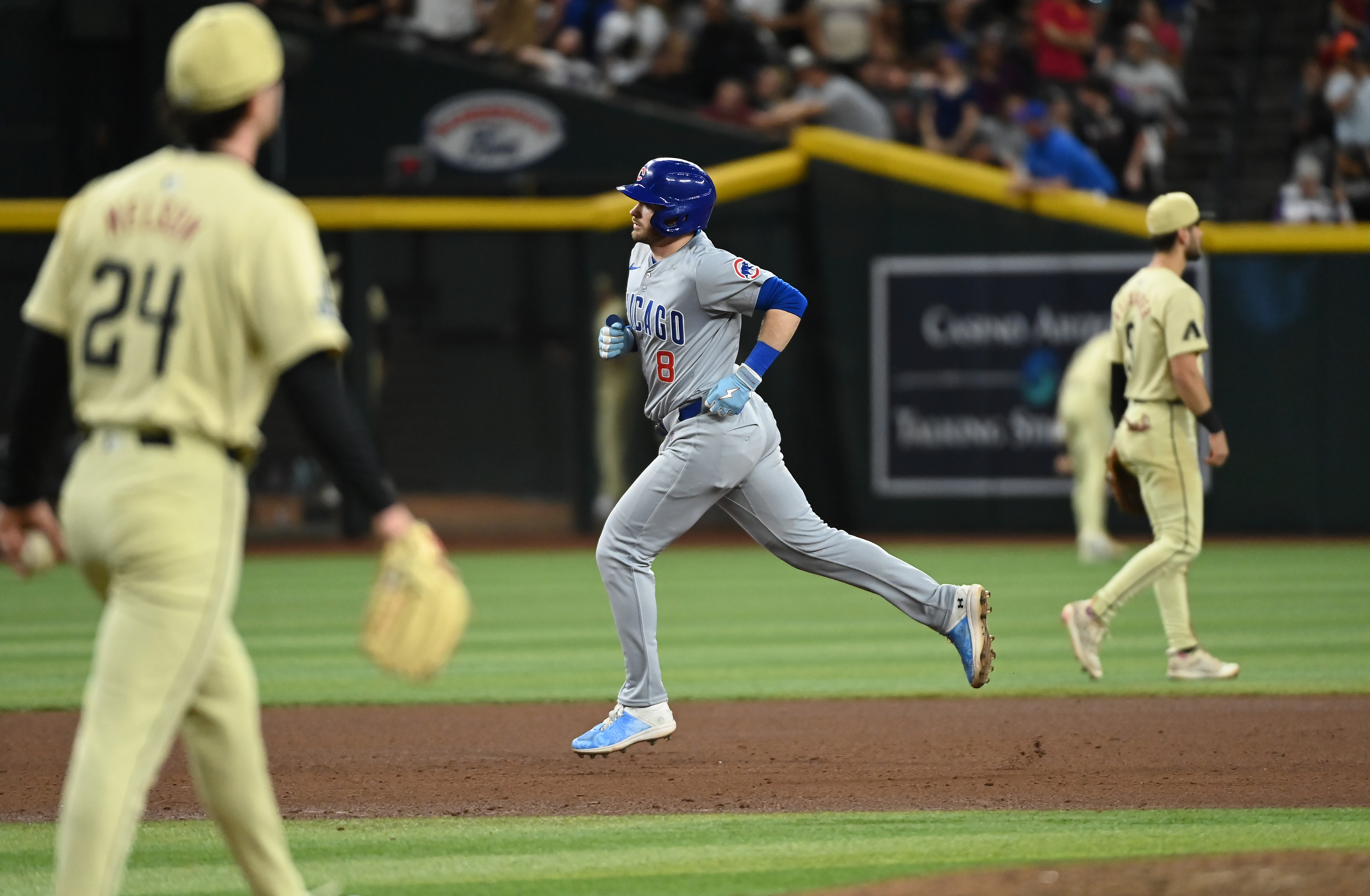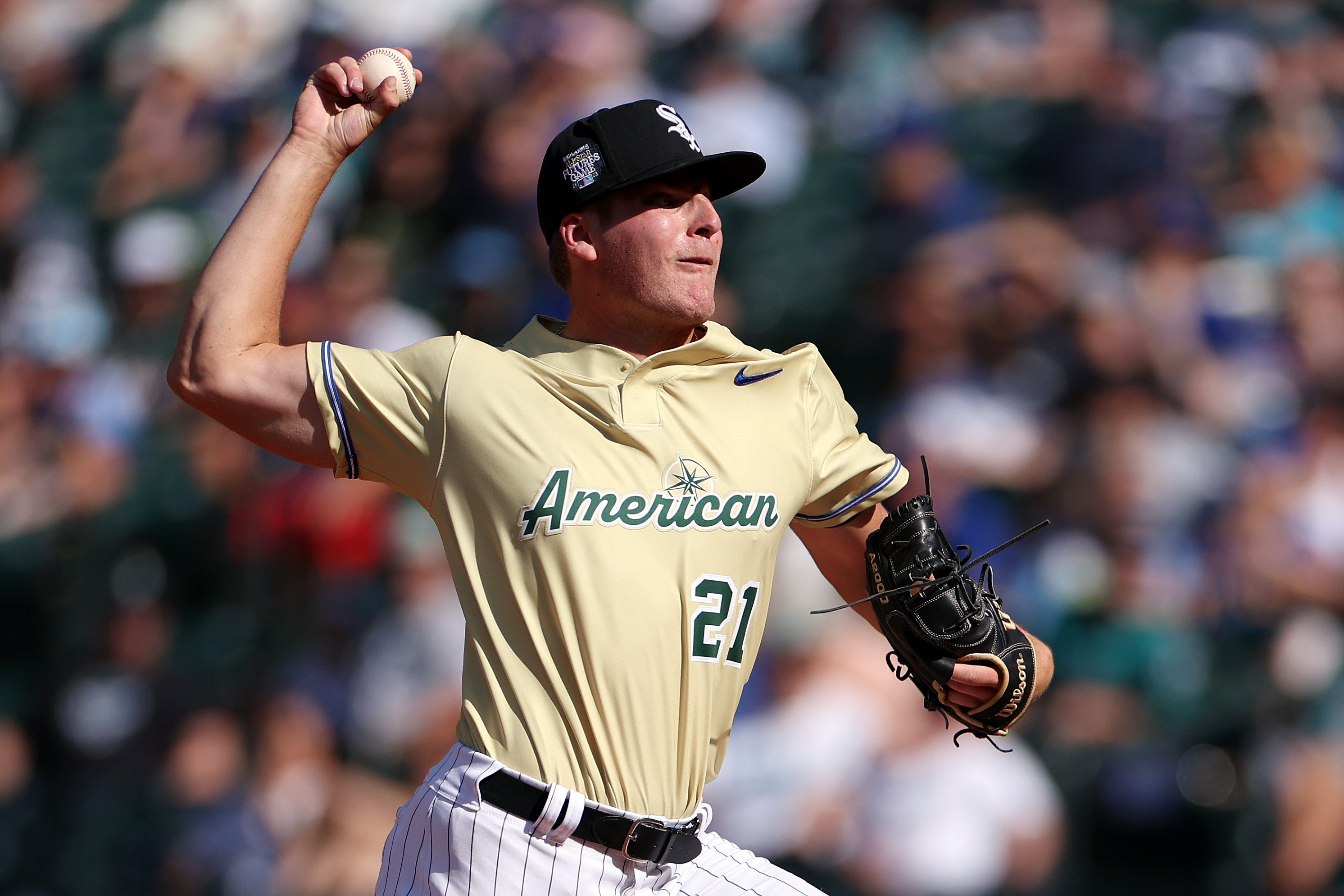A few hundred feet away from a White Sox clubhouse in which players are somewhat confused by baseball’s new second base sliding rule, Major League Baseball Commissioner Rob Manfred preferred to focus on the positives of the edict put in place prior to the 2016 season.
After Pittsburgh Pirates shortstop Jung Ho Kang and New York Mets shortstop Ruben Tejada both suffered serious injuries on takeout slides last year, MLB added a rule that stipulates players must make a “bona fide” effort to slide into, not around or past, second base. Intentionally grabbing a player’s leg to disrupt a throw is now illegal, as are late slides that take a player out of the baseline or past second base.
The rule, in effect, is clear: “Just slide into the bag,” White Sox shortstop Jimmy Rollins said.
But the implementation of it hasn’t been consistent. Last weekend in a game against the Baltimore Orioles, the White Sox thought they had a triple play turned when Manny Machado reached out and grabbed second baseman Brett Lawrie until it was a ruled clean slide.
“I don’t feel like anybody has a feel on it, to be honest with you,” Lawrie said, explaining what happened to him at Camden Yards. “… Unfortunately, that goes against one of the points in the rule and when you don’t follow through with that, you tell everybody that, well, nobody really knows and you guys just don’t really get it yet.”
Lawrie’s gripe is that different umpires and review crews will have different gray areas for what’s acceptable at second base and what’s not. When the Toronto Blue Jays’ Jose Bautista grabbed Tampa Bay Rays infielder Logan Forsythe’s leg on a ninth-inning double play attempt, a review determined Bautista’s actions violated the rule, and he was ruled out to end an early April game. That was the first high-profile instance of the new rule being enforced, and was one that resonated across major league clubhouses. It’s what Lawrie pointed to when discussing the non-call in Baltimore.
Manfred understands the adjustment period for players and umpires regarding the rule. As was the case when MLB implemented its rule to cut down on collisions at home plate, there was bound to be some confusion for everyone in getting used to playing the game a different way.
MLB
But Manfred doesn’t expect whatever problems do exist to last for long.
“Whenever you change a rule with respect to the play of the game on the field, there’s going to be a period of adjustment,” Manfred said. “There has certainly been one in respect to the slide rule, but I focus on the positive. Number one, I do think the rule serves a really important purpose and that is protecting players and I think even in the last couple of weeks, you see us getting more to the kind of equilibrium that we reached with respect to the home plate rule and quite frankly, we got there a little faster at second base than we did at home plate.”
Rollins, a 17-year major league veteran, similarly compared the second base rule to the home plate one and expressed optimism that the wrinkles of it will be ironed out in the future.
“We see a guy get called out for reaching across and grabbing a player and then it happens to us trying to turn a triple play and they interpret it as a clean slide when clearly (Machado) reached out and grabbed Brett,” Rollins said. “It’s like the home plate rule, there’s still a lot of things to work out. But the home plate rule, they said slide in and we’ll go look at it and hopefully get it right, and they eventually got that right. It’ll be the same thing at second.”


